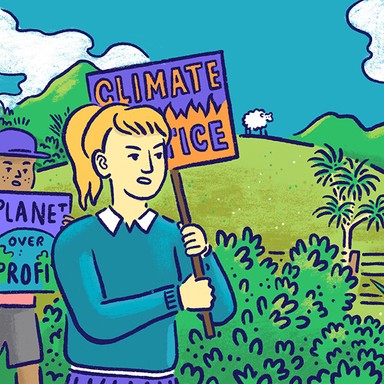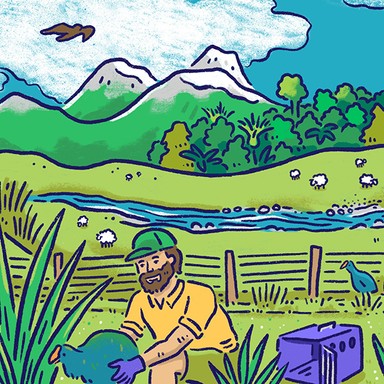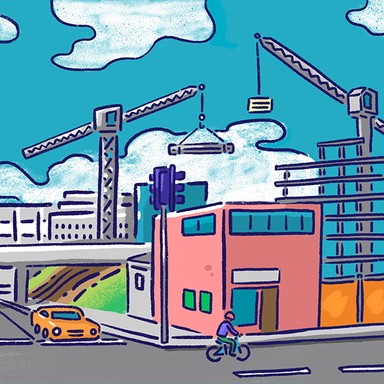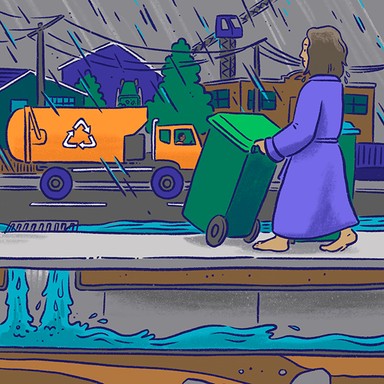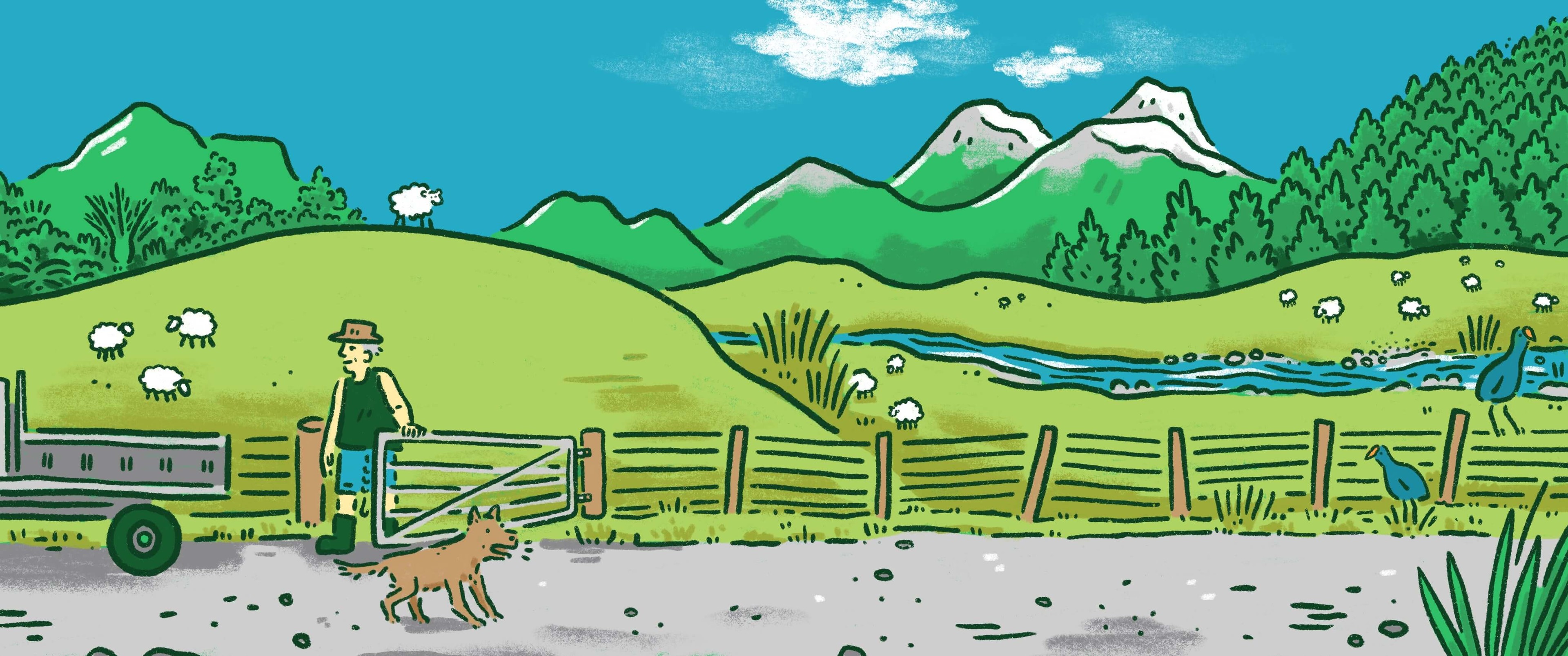
Otago Regional Council
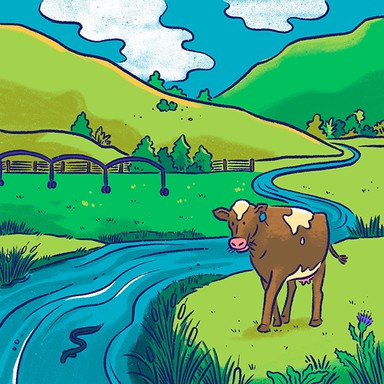
Freshwater
The worsening state of New Zealand’s lakes and rivers is a major challenge for regional councils, which play a leading role in managing freshwater in their areas. To this end, regional councils create plans to protect water resources from contaminants and overuse.

Freshwater
The worsening state of New Zealand’s lakes and rivers is a major challenge for regional councils, which play a leading role in managing freshwater in their areas. To this end, regional councils create plans to protect water resources from contaminants and overuse.
Broaden consultation to include disenfranchised groups such as Groundswell.
Continue to support the good progress made towards swimmable water standard.
Encourage more sustainable water storage.
Improve waterways water quality by policy improvement such as the Regional Policy Statement and Land and Water Regional Plan by December 2023.
Constructively support the Otago Catchments Community on the ground water quality improvements, farm plans and regulatory backup.
On the basis of sound science and community and iwi feedback, seek sustainable minimum flows in rivers and water allocation.
Complete the Land and Water Regional Plan on time, and agree on it, because it is well overdue.
Set default minimum flow levels (with a time limit) if there is incomplete data so that the Plan isn't held up.
Bring in land use management controls that make sense and are necessary to achieve healthy water in our catchments and aquifers.
Meet the December 2023 deadline to establish a freshwater management plan for Otago lakes and rivers.
Advocate and support the investigation of greater use of water storage dams for irrigation and to manage river flows during peak demand.
Proactively maintain marginal strips ensuring fencing when required, habitat restoration and public access.
Introduce minimum flow limits on all river catchment, eg the Manuherekia.
Introduce regional nitrate runoff regulations and aim to support farmers to eliminate harmful synthetic nitrogen fertilisers from use by 2030.
Eliminate excess E. coli and sedimentation in Dunedin rivers, with an aim to make them all swimmable and of 'A' or 'B' grade before 2030.
Educate all landowners about effective fresh water protection practices.
Apply for community development funding to develop 'aqua culture projects' on farms and stations to increase sustainable productivity.
Co-design and customise evidence based solutions to reduce harmful use of fertilisers.
Expand irrigation and synthetic nitrogen fertiliser use, so green grass covers our land from mountain peaks to ocean shores.
Suffocate the life from rivers and lakes – the Koura, the Taniwha, and Wai Māori – to expand my toxic slimy algal bloom domination. Just me!
Prevent regulation of everything from small creeks to rivers; End minimum flow rates so no drop of water ever reaches the sea. Waste not!
Establish a system for better controlling the overuse of rivers for irrigation.
Encourage farmer-led groups to clean up our rivers.
Recognise healthy water = healthy people. National policy clearly requires health of waterways to come before human needs or economic gain.
Ensure rivers have clean flowing water sustaining healthy ecosystems, all the way from the mountains to the sea.
Establish with industry leaders which practices will improve water quality ensure motivation for real change.
Set sound minimum river flows to restore river health.
Boost the capacity of local catchment groups to foster widespread sustainable farming practices.
Develop and carry out a specific plan for restoring water quality to the Kaikorai Stream.
Aim for all local rivers to be swimmable by 2025.
Adjust regulations to ensure water taken from rivers is returned at the same quantity and same or better quality. Monitor and enforce this.
Eliminate synthetic fertiliser use to improve river, sea and groundwater quality.
Broaden consultation to include disenfranchised groups such as Groundswell.
Continue to support the good progress made towards swimmable water standard.
Encourage more sustainable water storage.
Improve waterways water quality by policy improvement such as the Regional Policy Statement and Land and Water Regional Plan by December 2023.
Constructively support the Otago Catchments Community on the ground water quality improvements, farm plans and regulatory backup.
On the basis of sound science and community and iwi feedback, seek sustainable minimum flows in rivers and water allocation.
Complete the Land and Water Regional Plan on time, and agree on it, because it is well overdue.
Set default minimum flow levels (with a time limit) if there is incomplete data so that the Plan isn't held up.
Bring in land use management controls that make sense and are necessary to achieve healthy water in our catchments and aquifers.
Meet the December 2023 deadline to establish a freshwater management plan for Otago lakes and rivers.
Advocate and support the investigation of greater use of water storage dams for irrigation and to manage river flows during peak demand.
Proactively maintain marginal strips ensuring fencing when required, habitat restoration and public access.
Introduce minimum flow limits on all river catchment, eg the Manuherekia.
Introduce regional nitrate runoff regulations and aim to support farmers to eliminate harmful synthetic nitrogen fertilisers from use by 2030.
Eliminate excess E. coli and sedimentation in Dunedin rivers, with an aim to make them all swimmable and of 'A' or 'B' grade before 2030.
Educate all landowners about effective fresh water protection practices.
Apply for community development funding to develop 'aqua culture projects' on farms and stations to increase sustainable productivity.
Co-design and customise evidence based solutions to reduce harmful use of fertilisers.
Expand irrigation and synthetic nitrogen fertiliser use, so green grass covers our land from mountain peaks to ocean shores.
Suffocate the life from rivers and lakes – the Koura, the Taniwha, and Wai Māori – to expand my toxic slimy algal bloom domination. Just me!
Prevent regulation of everything from small creeks to rivers; End minimum flow rates so no drop of water ever reaches the sea. Waste not!
Establish a system for better controlling the overuse of rivers for irrigation.
Encourage farmer-led groups to clean up our rivers.
Recognise healthy water = healthy people. National policy clearly requires health of waterways to come before human needs or economic gain.
Ensure rivers have clean flowing water sustaining healthy ecosystems, all the way from the mountains to the sea.
Establish with industry leaders which practices will improve water quality ensure motivation for real change.
Set sound minimum river flows to restore river health.
Boost the capacity of local catchment groups to foster widespread sustainable farming practices.
Develop and carry out a specific plan for restoring water quality to the Kaikorai Stream.
Aim for all local rivers to be swimmable by 2025.
Adjust regulations to ensure water taken from rivers is returned at the same quantity and same or better quality. Monitor and enforce this.
Eliminate synthetic fertiliser use to improve river, sea and groundwater quality.
Mayor
Compare the mayoral candidates in your area
Local council
Compare the candidates for your city or district council
Regional council
Compare the candidates for your regional council
Local board
Compare the candidates for your local or community board
